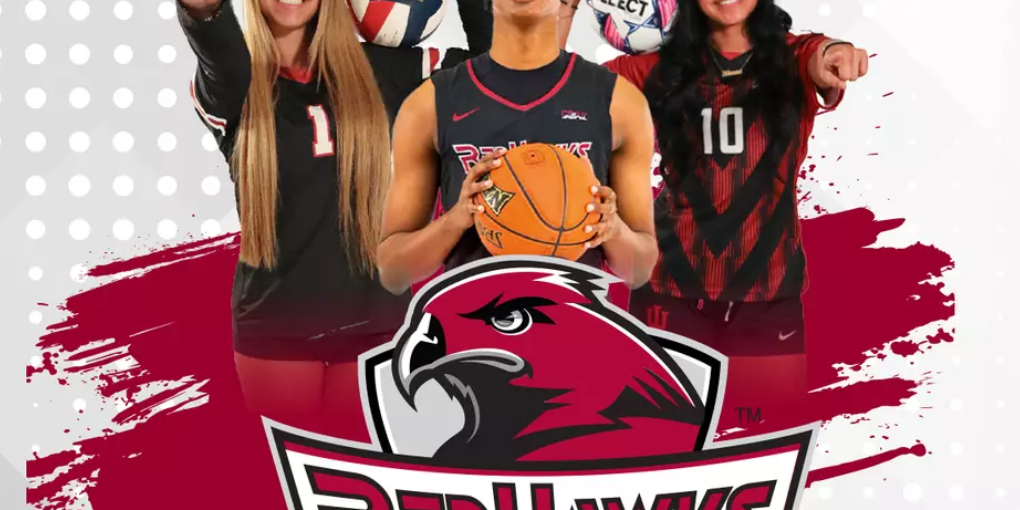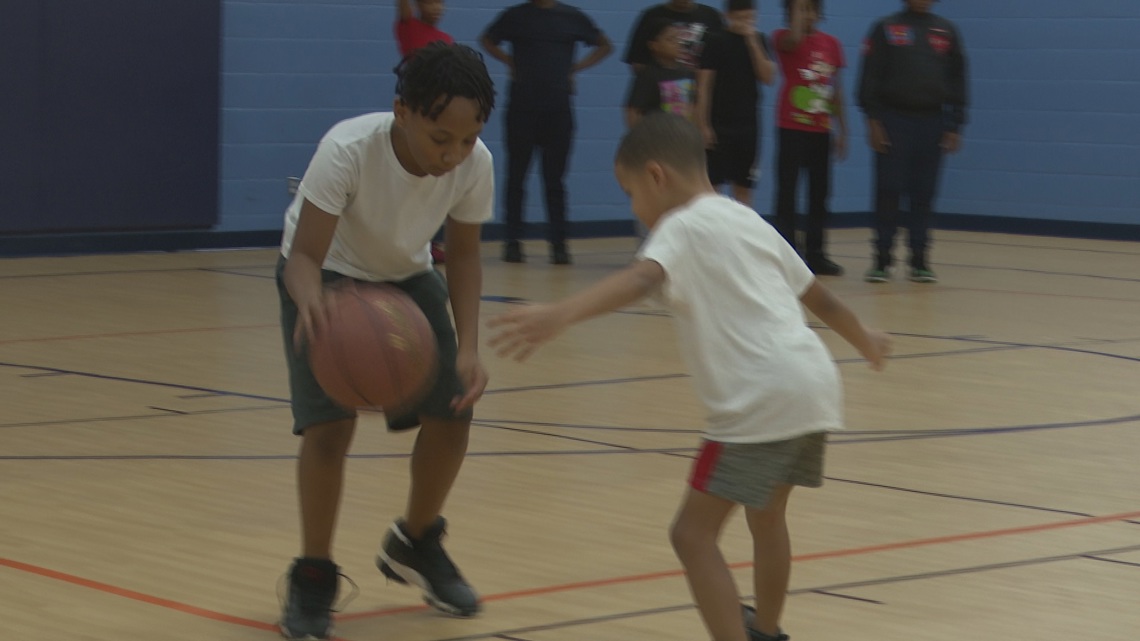This post is part one of a series.
When I was growing up in sports in the ’80s and early ’90s, the only thing referred to as “abuse” was direct physical harm by the coach. Any non-contact, physically harmful coaching behaviors were par for the course. These included requirements to train on injuries, the denial of medical care, punishments by way of excessive conditioning, the restriction of food, water, and rest, requirements that athletes “do what it takes” to lose weight (without any nutritional guidance), and requirements to perform dangerous skills without appropriate safety measures.
So, you can imagine that when it came to what we would now call emotional abuse, there was no appropriate language or conceptual framework to capture it, though it was the most common form of harmful treatment we encountered. Being yelled at, insulted, humiliated, intimidated, threatened, and generally terrorized was treated as “just another day” in the gym. It was what you had to deal with if you wanted to participate.
Thirty years later, it is still the most common form of abuse that athletes encounter. The U.S. Center for SafeSport’s 2024 Athlete Culture & Climate Survey shows that 78% of athletes experienced behaviors related to emotional harm and neglect during their sports involvement. Because emotional abuse continues to go unrecognized and tolerated, I’ve felt compelled to describe its patterns in hopes that athletes struggling with it will know that they are not alone, that there is a name for it, that it is not ok, and it is not their fault. My hope is also to help coaches and parents realize that emotional abuse is not just a form of “tough coaching”; it does intense short- and long-term damage to the athlete, and there is no justification for it.
To be clear, not all coaches of my era subscribed to abusive coaching methods (and I am grateful to have had some coaches who reminded me of what a human being deserves). But enough of them did that you could not escape it if you were in competitive (rather than recreational) sports for any length of time. The statistics suggest that the same is the case today.
Unspoken Principles of Authoritarian Coaching
The pervasive coaching regime, which I’d now call “authoritarian,” embodied a few key unspoken principles: The coach is always right and entitled to have you do with your body anything they see fit, even if it is dangerous, scary, painful, or injurious. Ruling by fear is the most effective way for a coach to control athletes and raise their performance level. The athlete must obey orders or be punished (usually in ways that cause more fear, danger, and injury). Punishment is the most effective form of “discipline” or “motivation.” Complaint of any kind is a sign of weakness, disloyalty, or insubordination, as is any show of pain or fear. These deserve further punishment. And, finally, you should be ready and willing to sacrifice everything to become a champion – your body, your relationships, your sanity, your childhood, and your happiness. If not, you’re not committed enough.
If the coach’s actions or belief system ever seemed unwise, unsafe, or unjust, you’d better “suck it up.” There was no recourse for feedback, discussion, or change. If you couldn’t deal with it, you weren’t tough enough to handle the pressures of the sport.
Coping With a Problem That Had No Name
As young athletes who wanted the chance to participate in the sports we had fallen in love with in lower-stress environments, we tried our best to cope with it.
In my sport of gymnastics, the onset of the coach’s negative “treatment” (for which we had no appropriate name) coincided with facing significant fears surrounding the skills we were learning. Fear is a common but challenging issue that comes with the territory of regularly flipping and twisting backwards, knowing there’s an ever-present danger of falling on your head. The more fear an athlete experienced, the more frustrated the coaches seemed to get, adding threats to already unbearably stressful situations.
Many coaches of my era subscribed to the “don’t think, just do” philosophy of coaching, which my friends and I privately called the “chuck it and pray” method. Such a method was devoid of actual teaching in which the coach might break down the skill into safe and manageable stages or drills. It lent itself to feelings of chaos and made for daily absorption in fight/flight/freeze responses.
I was regularly consumed by all three of these responses, starting at age 11, for which I earned plenty of fancy names: headcase, stubborn mule, and eventually “uncoachable.” The feelings of fear and chaos became so bad that I was losing control and confidence over old skills I had successfully done hundreds of times. I felt lost in the air. I became paralyzed just thinking about it. And yes, I did fall on my head a few times.
I’d find myself standing at the end of the mat, frozen, being yelled at to “just do it” (do a back flip with a full twist), or else be kicked out of the gym, sent back a level, or made to run laps till I couldn’t breathe. Or, I’d be left alone on a high beam (as tall as me) while the rest of the team went on to another event, told that I could not get down until I did my ever-dreaded back handspring series. Shaking and terrified, I’d ultimately jump down and then be ordered to do 300 pushups. The day would be capped off with some rhetorical questions about what was wrong with my brain and why I was being so stubborn, and some lecturing about how I was a waste of time, a disappointment, letting everybody down… and my parents would be mad at me for squandering their money if they found out. The point, in retrospect, was to make me feel worthless, ashamed, trapped… and silent (so that I would not tell my parents). The more “broken” I was, the easier I would be to control.
As you might have predicted, these repeated dramas did not cure me of my fear or teach me how to find my way through the skills. They made things worse — for my performance, for my mental health, and for the person I was becoming. It taught me that the most important adult in my life, the one whom I spent the most time with, the one I depended on for safety, guidance, and encouragement, was someone I could not trust. It taught me that I could not show my vulnerabilities without getting in trouble, that there was no one I could go to for help, and that I needed to protect myself from anyone who claimed authority.
I watched some of my teammates suffer through similar terrors and (what I perceived to be) mean-spirited and unfair treatment. We were being forced, under various threats, to do things with our bodies that we weren’t ready to do. Then we were being punished for our confusion and fear, and having our relationship with our parents manipulated. Meanwhile, injuries increased, which we were expected to train on as long as we could walk. Any attempt to tell the coach about a concern was met with suspicion that we were lying, lazy, or “being a baby.”
Life in sports became one of fear, dread, panic, pain, muffled tears in the locker room, blank stares in car rides home, stomach aches, and nightmares.
On the day the coach gathered us up to tell us we were the worst team he’d ever coached, some of the girls could not maintain their stoic façade any longer and broke down. By the time I was age 13, the majority of the kids I’d grown up with in the sport had quit. The coach moved on to another club to presumably repeat the cycle. And as a pre-emptive protective measure, I started to wear the “uncoachable” label as a badge of honor in the hopes that future coaches would leave me alone.
Stay tuned for part two.












 Download the WTOL 11 weather app for the latest local 10-day forecast and live radar!
Download the WTOL 11 weather app for the latest local 10-day forecast and live radar!













 | NBA on ESPN
| NBA on ESPN
































 BREAKING: NBA MVP Shai Gilgeous-Alexander signs the RICHEST annual salary in league history
BREAKING: NBA MVP Shai Gilgeous-Alexander signs the RICHEST annual salary in league history
